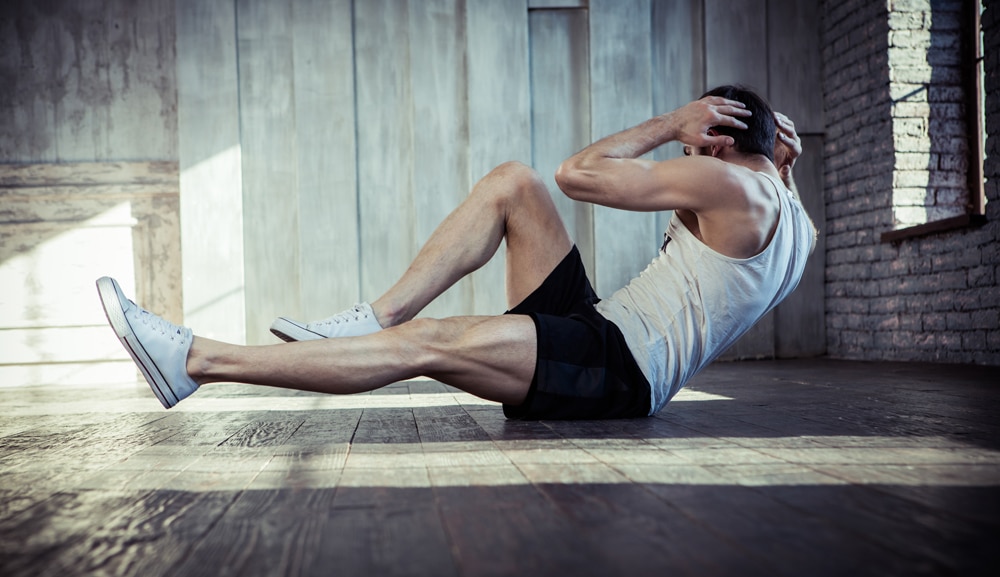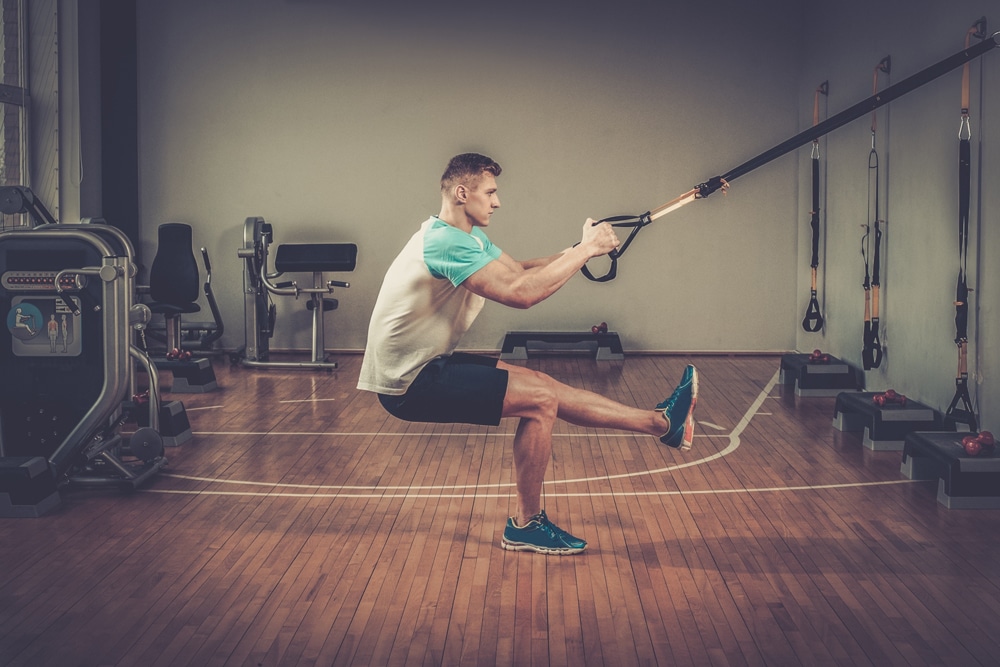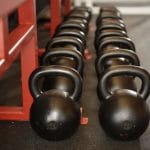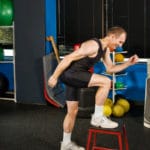 So, I’ve been traveling a lot lately, some pleasure – like to panama city beach with my girlfriend during the july fourth weekend, some paternal -like to Los Angeles and Seattle with my daughter checking out colleges, some work – like to Kansas city to teach other trainers for exercise etc, and most recently, some pure play – to Crested Butte, Colorado with six of my old Philadelphia buddies from the neighborhood. Seven old men – all of us now over 56, up to 58 yrs of age, who’ve known each other for over 50 years. Pretty amazing. What’s also amazing is how healthy and fit we all were – we did a 10 mile hike at over 11,000 ft climbing 2200 ft and no one had to stop for medical reasons; even our knees held up pretty well.
So, I’ve been traveling a lot lately, some pleasure – like to panama city beach with my girlfriend during the july fourth weekend, some paternal -like to Los Angeles and Seattle with my daughter checking out colleges, some work – like to Kansas city to teach other trainers for exercise etc, and most recently, some pure play – to Crested Butte, Colorado with six of my old Philadelphia buddies from the neighborhood. Seven old men – all of us now over 56, up to 58 yrs of age, who’ve known each other for over 50 years. Pretty amazing. What’s also amazing is how healthy and fit we all were – we did a 10 mile hike at over 11,000 ft climbing 2200 ft and no one had to stop for medical reasons; even our knees held up pretty well.
The next day we ventured forth on a 4 mile trek around the top of a mountain at 11,600 ft, but the trail was covered with scree, fallen rocks, that sometimes narrowed to 1.5 ft in width with a near vertical drop of hundreds of feet. Three of us chose to forgo this trek – two for knees (me included) and one for vertigo. We had a nice time just hanging out at the trail head in the sun, with the breeze and a small, very warm for a high-altitude lake lake where we dipped our not-so-tired feet….because we could.
But the reason for the blog is not my personal life. One of my buddies, an avid exerciser, very knowledgeable for a layperson, asked about the TRX, suspended training system. He contended that it was the ‘best’ core exercise his friend has ever had and was wondering about getting involved in it. My response was characteristically….me. you see, I’m skeptical. I’m not so sure it’s all it’s cracked up to be. Here’s why.
First, many of the exercises are suspended by arms to allow large lower body movements such as squats, lunges, lateral lunges, cross over lunges, etc. These are high rep exercises with load essentially reduced by arm suspension and thus become a form of cardiovascular exercise. With added resistance you could get more muscle building with less time investment.
Second, many of the core exercises, tho creative and dynamic, are in prone or supine positions. While good semi-isolating exercises, they are less than functional. After all, they are prone or supine. Core exercise, by definition, is an exercise that engages many of the trunk-lumbar spine-pelvic-upper thigh musculature. These can be done in any position….but we really live in an upright state, even if sitting.
So I emphasize – except for those with spine issues – core exercises in sitting or standing positions. While not as isolating, they allow for the core to be engaged in ways it will have to stabilize the spine during sport, recreation, or ADL. as such, I would argue that the best core exercises are those that apply to life. However, I do appreciate the development of core strength and endurance via more isolating exercises, esp the planks and bridges. TRX moves can enhance said isolating exercises. I would still say these are not the best core exercises simply because they are isolated in non-functional positions.
Finally, TRX and other toys of the trade- Bosu balls, stability balls, etc – may or may not be better than the traditional tools of the trade – free weights – until otherwise tested. Like I said earlier, a squat with added load will engage more core muscles in more functional patterns of movement than the TRX, and it will help build bone density! In other words, for the time, and the effort, you’ll get more bang from your buck using traditional tools.
Remember, the TRX was designed to allow Navy SEALS to train where equipment did not exist. It served its purpose. What do SEALS actually do to get in shape to do their job: run, swim, climb, jump, carry, push ups, sit ups, and other equipment-less activities. Add some resistance to these and you have a much more beneficial and less taxing program….for life.














